Shallots Are Different From Growing Onions And Need Their Own Plant Care Regimen
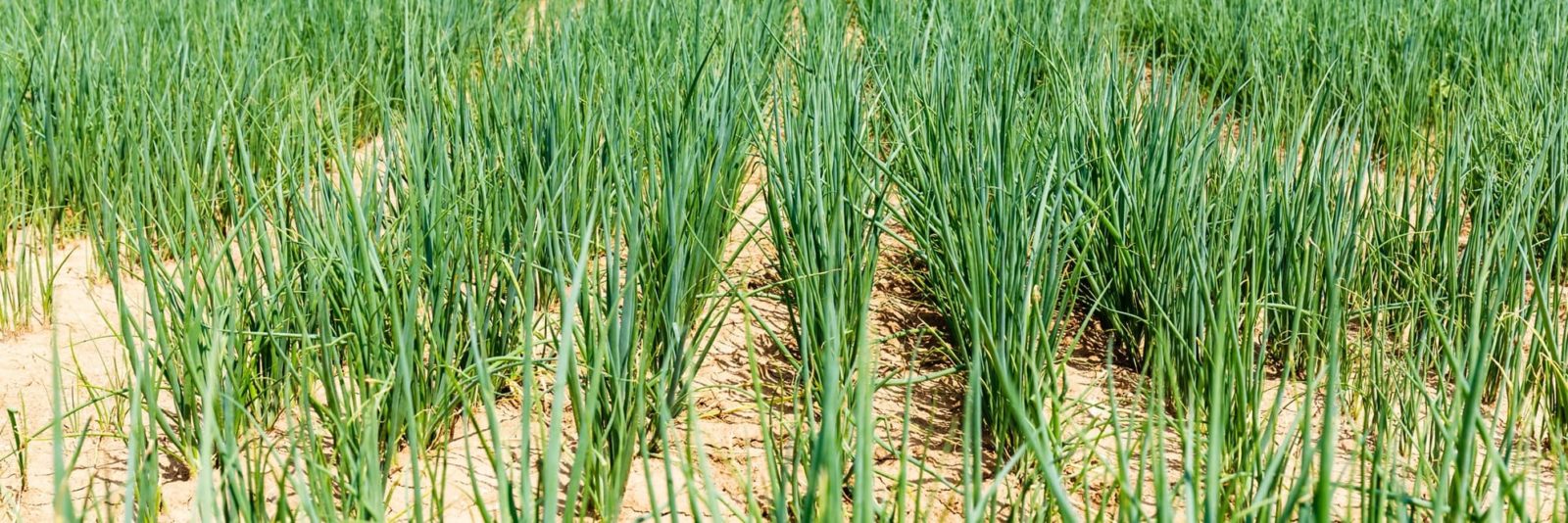
Chris is a gardening writer and nature enthusiast. He graduated from Oxford Brookes University in 2022 with an MA in Psychology. Chris works with the Leeds Green Action Society, helping their food cooperative by growing various fruit and vegetables on their two allotments in Hyde Park, Leeds.
Reviewed By COLIN SKELLY

Colin is a Horticulturist and Horticultural Consultant with experience in a range of practical and managerial roles across heritage, commercial and public horticulture. He holds the Royal Horticultural Society’s Master of Horticulture award and has a particular interest in horticultural ecology and naturalistic planting for habitat and climate resilience.
Although they’re similar, shallots and onions lend very different nuances to dishes.
Whereas onion brings a distinct heat, shallots offer something sweeter, and more delicate.
If you’re already familiar with shallots you’ll know how much they can bring to your cooking, and if not, then now’s the time to get acquainted.
Overview
| Botanical Name | Allium cepa var. aggregatum |
| Common Name | Shallots |
| Plant Type | Vegetable / Bulb |
| Native Area | Central & South-West Asia |
| Hardiness Rating | H4-H5 |
| When To Sow | January, February, March, April, November, December |
| Harvesting Months | July, August |
Sunlight
Preferred
Full Sun
Exposure
Exposed or Sheltered
Size
Height
0.1 – 0.5M
Spread
0 – 0.1M
Soil
Preferred
Most Soil Types
Moisture
Well drained
pH
Any
You may be wondering, are shallots onions?
Technically they are, as they’re a member of the same botanical family.1The Editors of Encyclopaedia Britannica. (1998b, July 20). Amaryllidaceae | Definition, Examples, Foods, & Facts. Encyclopedia Britannica. Retrieved March 23, 2023, from https://www.britannica.com/plant/Amaryllidaceae
But in terms of the vegetable we commonly refer to as “an” onion, there are a few key differences –
- Size – shallots weigh in a lot smaller than onions, usually around 20g a piece compared to over 100g per onion.
- Shape – onions are round, but shallots can come in elongated oval shapes. You do get round shallots as well, however.
- Flavour – shallots and onions bring very different characteristics to a dish. If you’re looking for a gentler, sweeter variation on the onion theme, then shallots are for you.2Anderson, P. (2019b, October 19). Yin and yang: what’s the difference between a shallot and an onion? The Guardian. Retrieved March 23, 2023, from https://www.theguardian.com/food/2019/oct/20/yin-and-yang-whats-the-difference-between-a-shallot-and-an-onion
Why Grow Shallots?

When it comes to gardening, shallots are easy to grow and perfectly suited to British gardens.
There are plenty of varieties, too, meaning you can choose the one(s) best suited to your gardening skills and eventual culinary plans.
How To Grow Shallots
Like most vegetables that have become staples in British cuisine, shallots are easy to grow here.
They’re not fussy about soil type, location, or anything else.

Planted properly and with a vigilant eye, you should have no problem between sowing and harvesting your crop.
Where To Grow
For best results, try to find a spot with moist but well-drained soil that gets full sunlight during the day.
You can use a rake to get particularly big lumps out of the top layer of soil just before planting: this will reduce obstruction for your growing shallots, helping them to grow better.
Planting
You have two choices when growing shallots: to grow from seed, or from sets.
Seeds don’t need an introduction, but if you’re not familiar with sets, they’re bulbs that haven’t reached full maturity, and which can be planted out to start a new crop.
Received wisdom when growing shallots is that starting from sets is easier and, usually, will lead to a better harvest.
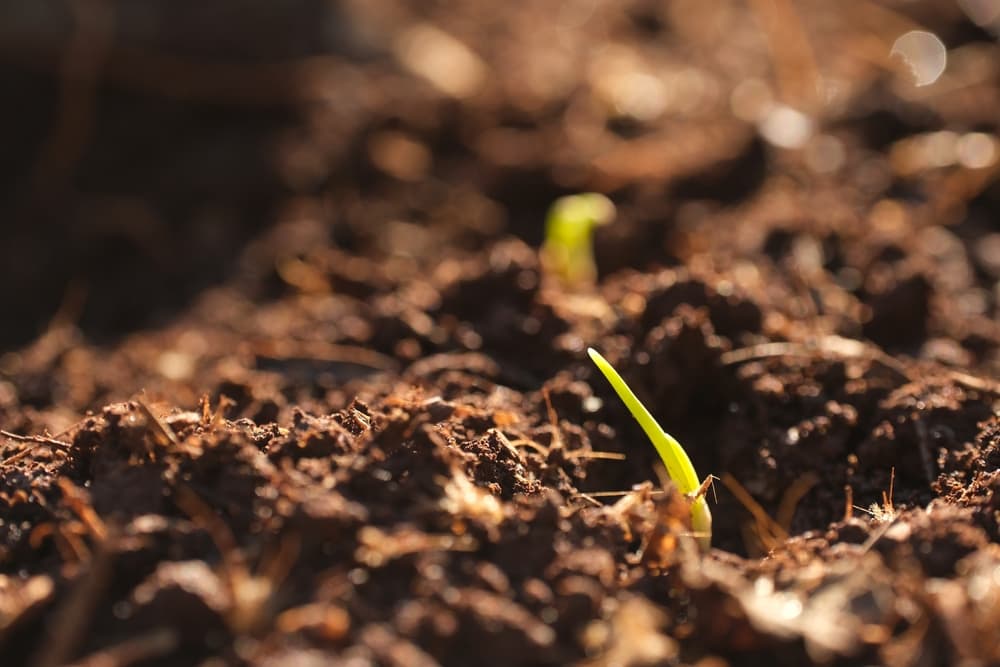
This is because they mature more quickly, are more resilient to cold, and are less appealing to garden pests.
When sowing your shallot sets, you’ve got a wide time window to work with.
You can sow any time between mid-November and mid-March. From seed, you’ve only got mid-March to mid-April to work with.
You’ll want to plant your sets in rows at least 40cm apart, with individual sets between 25-30cm apart in each row.
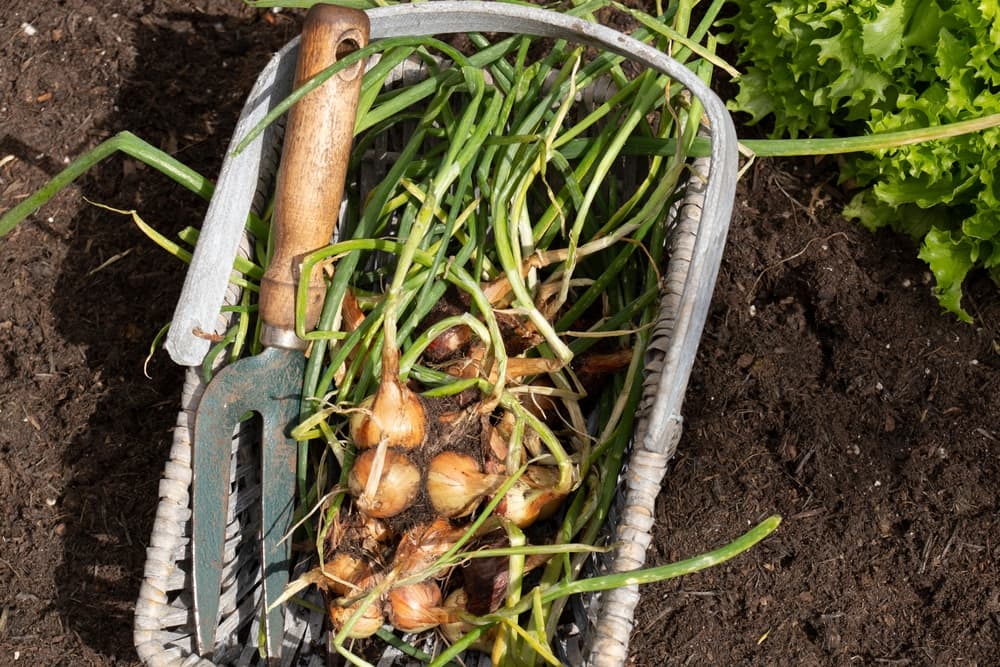
This may seem like too much space when you plant them, but it gives the set space to mature and flourish without disturbing nearby growth.
Planting shallots is easy: just poke the set gently into the ground so that the tip is just visible, then pat down the topsoil to keep them secure.
Fertilising
Before planting your shallots, fertilise the ground where they’ll be planted with one or two buckets of compost, manure, or similar.
Then, after planting, add a small amount of fertiliser to the topsoil.
Watering
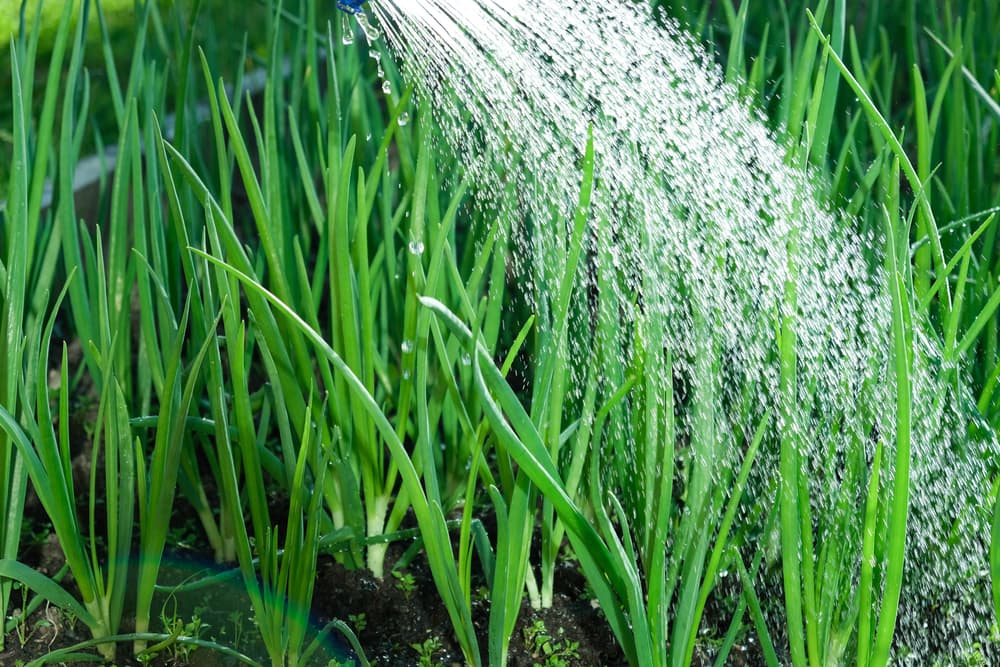
Shallots thrive when they get 2-3cm of water per week, especially at the height of growing season.
Unless you’ve had an unusually dry spell, they should be OK with minimal watering.
Using a rain gauge to check is one way to be sure they’re getting enough.
Harvesting
Because of the long planting season, you can harvest shallots at different times of the year.
Generally, shallots planted in autumn will be ready to harvest early the following summer, and those planted in spring should be ready when autumn rolls around.
“I live in an area with relatively mild winters and shallots tend to do better over winter than when planted in spring,” shares Master Horticulturist Colin Skelly.
“I expect this would be different in colder winter regions and that hotter, drier summers in the southeast would also produce a better spring-planted crop.”
Expect to wait around 90 days.

You can tell when your shallots are ready to harvest because the vibrant green foliage starts to wither, turning brown and drying out, then, eventually, drooping down from their previously erect stature.
When they’re ready to pick, gently remove your shallots from the ground.
You can do this by hand or by using a fork or similar implement to shimmy them out of the soil.
It’s easiest to harvest when the soil is dry, so unless you’re forecast for a lot of rain, wait until the weather is conducive.
Storage
We figure you’re not planning to eat your entire harvest in one go, so unless you’re feeling generous and intend to give them all away, you’ll need to learn about shallot storage.
The first step is to dry them out – the ideal way to achieve this is by leaving your harvested shallots on top of the soil they came from for a couple of days, so they can dry out in the sun.

If wet weather is forecast, leave them to dry indoors instead.
Then, once dried, trim any remaining foliage from the top of your shallots, and store them in a cool, dry place.
Stored properly, you can expect your shallots to keep for at least two months.
If they start to look mouldy or dishevelled, or they begin to sprout, this can indicate that they may have passed their best.
Common Problems
Shallots are prone to a few problems, but by staying vigilant and familiarising yourself with the risks, you should be able to avoid anything particularly disastrous happening.
As a general rule, try to keep the foliage on your shallots dry when watering them.
Lots of the common problems they face arise from getting wet and staying damp.
Weeds
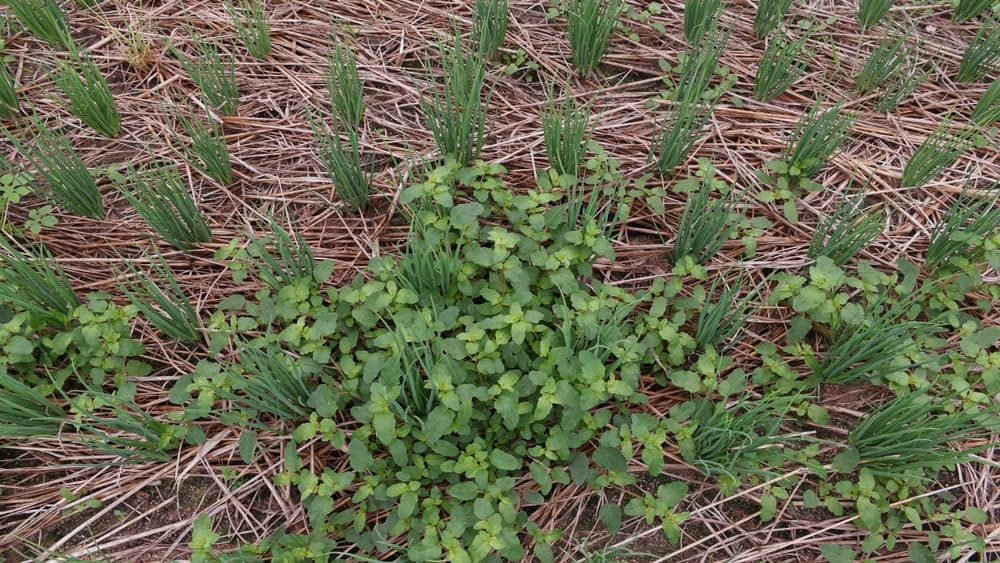
Any gardener knows that weeds will find their way into pretty much any part of your garden, whether ornamental or edible.
And while shallots are no exception to this avarice, you can grow them beneath weed suppressing membrane to reduce the chance of invasion, and effort required to hold an invasion at bay.
Shallots will grow stronger and healthier if kept free of weeds, so try your best to keep on top of the weeding.
Birds
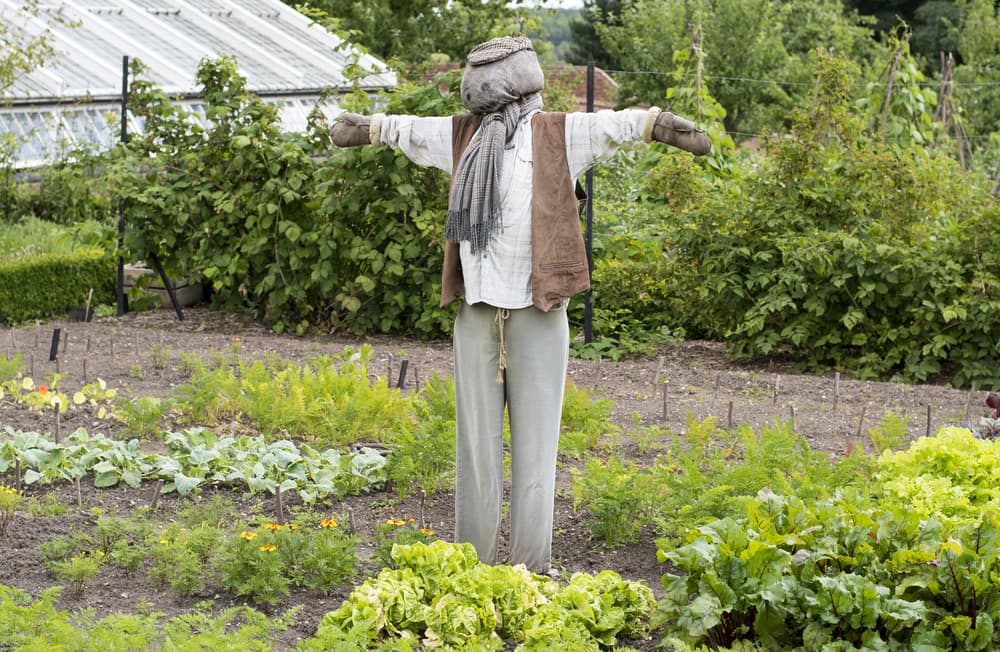
Inquisitive beaks love nothing more than to pull up bulbs in an attempt to determine whether they’re edible.
If they are, say goodbye to your bulbs. And if not, don’t expect the birds to plant them again for you.
To stop potentially disruptive bird visitations, grow your shallots beneath a layer of netting.
Birds won’t be able to get a purchase, but the plant will still get enough sunlight and moisture – win-win!
Onion White Rot
This fungus damages the above-ground foliage as well as the roots and bulb, causing a lot of damage to your fledgling shallots.

Unfortunately there’s no cure for infected soil, so be very careful to plant your shallots in fresh soil, or in spots you’re certain are free of infection.
Onion Mildew
This is another fungal disease which can wreak havoc upon foliage and bulbs.
Unlike white rot it’s possible to curb the damage in an infected plant by removing affected areas, but you need to act early to avoid too much damage.
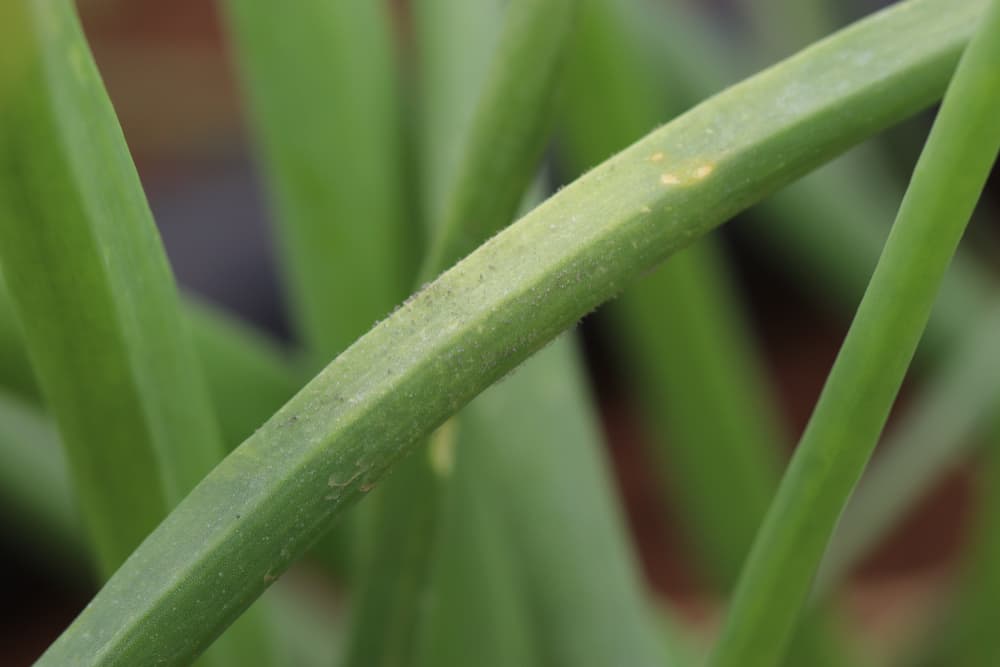
Onion mildew is particularly prone to affect shallots growing in overly-damp conditions – an important reminder to only water when necessary, to only water the soil (rather than the entire plant), and in allowing proper drainage.
References
- 1The Editors of Encyclopaedia Britannica. (1998b, July 20). Amaryllidaceae | Definition, Examples, Foods, & Facts. Encyclopedia Britannica. Retrieved March 23, 2023, from https://www.britannica.com/plant/Amaryllidaceae
- 2Anderson, P. (2019b, October 19). Yin and yang: what’s the difference between a shallot and an onion? The Guardian. Retrieved March 23, 2023, from https://www.theguardian.com/food/2019/oct/20/yin-and-yang-whats-the-difference-between-a-shallot-and-an-onion
